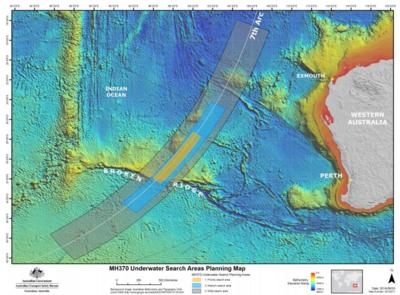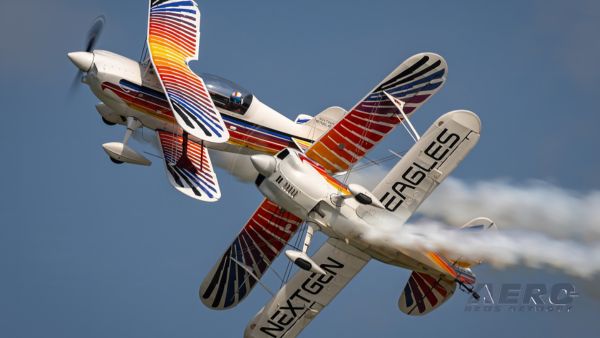Sat, Jun 28, 2014
Advertisement
More News
 ANN's Daily Aero-Linx (08.01.25)
ANN's Daily Aero-Linx (08.01.25)
Aero Linx: The Vintage Flying Museum The Vintage Flying Museum is a unique “working” museum where visitors are able to see what it takes to “Keep ‘em Flying>[...]
 NTSB Prelim: Faust 3
NTSB Prelim: Faust 3
Wings Subsequently Struck The Water Before The Airplane Came To A Stop, Which Resulted In Substantial Damage On June 30, 2025, about 1200 mountain daylight time, an experimental am>[...]
 Classic Aero-TV: I Feel I Can Fly-PLW Modelworks Birdly IITSEC16 FlightSim Demo
Classic Aero-TV: I Feel I Can Fly-PLW Modelworks Birdly IITSEC16 FlightSim Demo
From 2016 (YouTube Edition): A Truly Unique Flying Experience… Most of us have dreamed of being able to fly like a bird. And while that’s not an option for most of us,>[...]
 ANN's Daily Aero-Term (08.01.25): Ultralight Vehicle
ANN's Daily Aero-Term (08.01.25): Ultralight Vehicle
Ultralight Vehicle A single-occupant aeronautical vehicle operated for sport or recreational purposes which does not require FAA registration, an airworthiness certificate, or pilo>[...]
 Airborne 07.25.25: Avidyne Vantage 12, Is Fly-Inn An AeroBnB?, B25 Miss Mitchell
Airborne 07.25.25: Avidyne Vantage 12, Is Fly-Inn An AeroBnB?, B25 Miss Mitchell
Also: Pratt & Whitney 747SP, Gratia Aero, Robinson/MagniX, Jack Pelton Part5 The Avidyne Vantage 12 is finally certified and will shortly be shipping out so that aging Cirrus a>[...]
blog comments powered by Disqus




